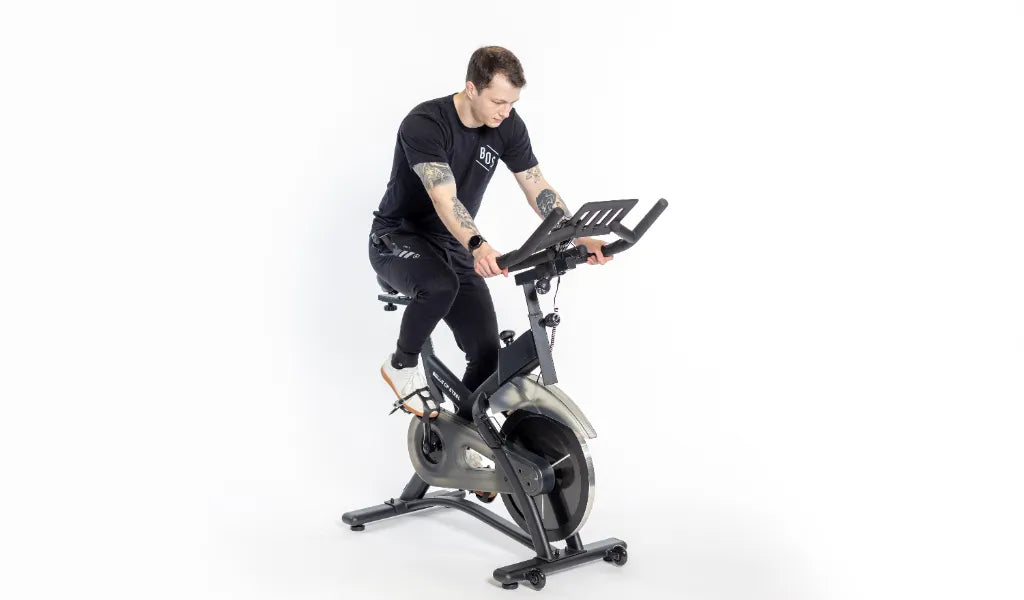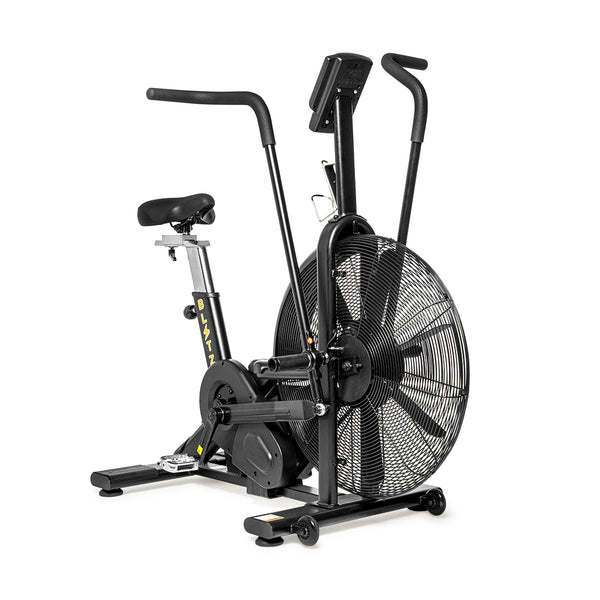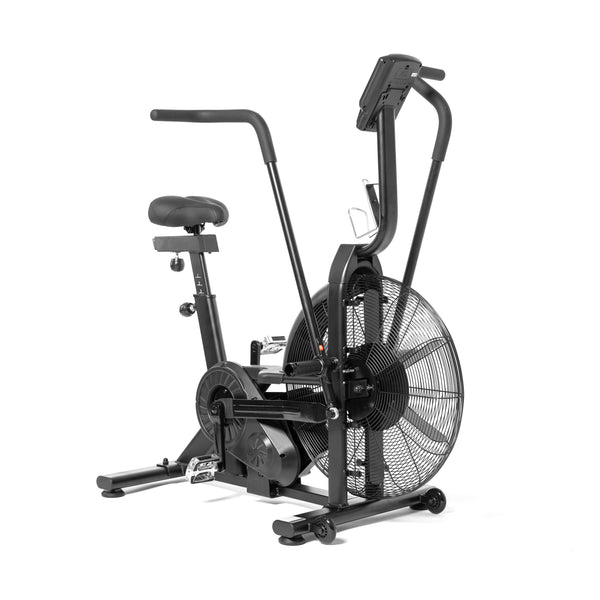So, you've got yourself an exercise bike, and now you're wondering how to make it fit just right?
Adjusting your bike to your height isn't just about comfort; it's about maximizing your workout efficiency and preventing those pesky aches and pains.
Let’s dive into the nuts and bolts (literally!) of bike adjustment.
Seat Height
First things first, the seat height. You don’t want it too high or too low. The sweet spot is where your leg is almost fully extended at the bottom of the pedal stroke, with just a slight bend in the knee.
How To Adjust the Height
- Stand Next to Your Bike: Position yourself next to your bike and find your hip bone.
- Match the Seat Height: Adjust the seat so it’s level with your hip bone. Most bikes have an adjuster knob under the seat. Unscrew it slightly, move the seat up or down, and then tighten the knob back up. Easy-peasy!
- Hop On and Test It: Sit on the bike, place your feet on the pedals, and pedal backwards. If your knee is slightly bent at the bottom, you’ve nailed it! If not, adjust again.
Forward & Backward
Next up, let’s talk about the seat’s forward and backward position. This is crucial for maintaining proper posture and avoiding strain on your knees and back.
How To Adjust the Forward/Backward Position
- Check Your Knee Position: When the pedals are at 3 and 9 o'clock, your forward knee should be directly above the pedal axle.
- Adjust Accordingly: Most bikes have another knob under the seat that allows you to slide the seat forward or backward. Loosen this knob, move the seat to the desired position, and tighten it back up.
What “Just Right” Feels Like
So, how do you know when you’ve hit the jackpot with your bike adjustments? Pay attention to your body!
When everything's spot on, you'll find your knees, hips, and tailbone are free from any nagging pain or discomfort. Your legs should extend comfortably with a slight bend at the knee at the bottom of each pedal stroke, and your knees should line up perfectly over the pedal axles when the pedals are level.
If you're riding without feeling like you're straining or squirming to find a comfortable position, then congrats! You've hit the adjustment jackpot.
Fixing Aches & Pains from Seat
Sometimes, you’ll experience aches and/or pain due to an incorrectly-adjusted seat. Here’s what different pressure points are telling you:
- Perineal Pain: If you’re feeling pressure in the nether regions, the seat might be too high or too forward. Lower the seat slightly or move it back.
- Hip Bone Discomfort: Pain here usually means the seat’s too low or too far back. Raise it a bit or move it forward.
- Tailbone Troubles: If your tailbone’s complaining, your seat might be too high. Lower it just a smidge.
Final Thoughts
Adjusting your exercise bike might seem like a pain at first, but once you get it right, you’ll thank yourself every workout. No more aches, just pure pedaling pleasure!
So, take the time to tweak those settings. Your body (and your workout results) will thank you.


